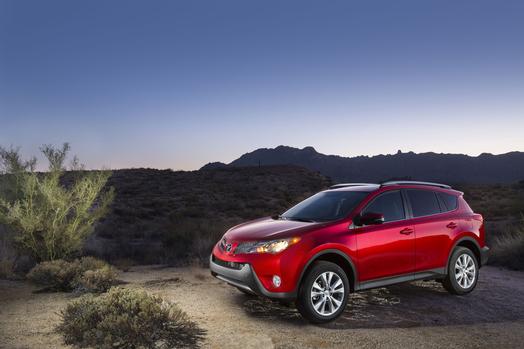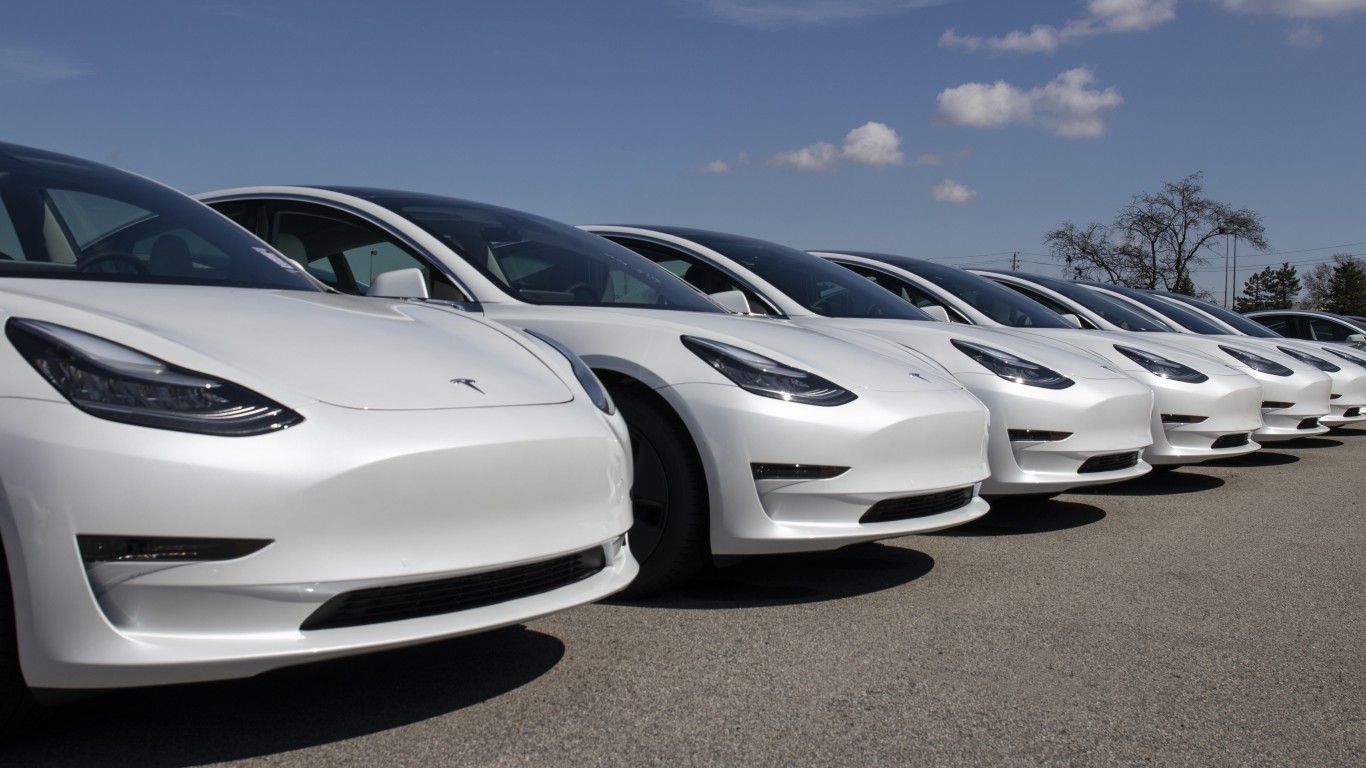
That’s what the folks at Mojo Motors think. The firm analyzed data on more than half a million cars from model years 1995 to 2014 for sale at its website to determine the average selling price depending on the vehicle’s mileage. Then the company calculated the dollars of lost value as mileage increased and how many miles the car had to travel before it lost 100% of its value.
Essentially, what Mojo Motors came up with is how many miles you can expect to drive a car before the car becomes worthless. Here are the rankings of the top 10 brands in reverse order by the number of miles an owner can expect to drive a car before it becomes worthless:
10. Mazda, 177,729 miles
9. Acura, 178,947 miles
8. GMC, 188,584 miles
7. Subaru, 189,370 miles
6. Nissan, 195,593 miles
5. Chevrolet, 195,754 miles
4. Dodge, 198,266 miles
3. Ford, 198,409 miles
2. Honda, 209,001 miles
1. Toyota, 210, 705 miles
In 2012, the latest year for which data is complete, the average American drove about 9,400 miles, down from a 15-year peak of about 11,000 miles in 2005. At that rate a Mazda will last almost 19 years and a Toyota will last more than 22 years.
That is good news and bad news. Cars are getting more fuel efficient all the time, and that is driving down demand for gasoline. At the same time, the longer an older car is on the road, the longer it will use more fuel than new, more fuel-efficient car.
According to the latest data from the University of Michigan Transportation Research Institute, the average fuel economy of new cars sold in April was 25.2 miles per gallon. When weighted to account for actual sales, the mileage runs up to 30.7 miles per gallon. U.S. car buyers are definitely choosing more fuel-efficient cars when they purchase new vehicles.
READ MORE: The 10 Top Selling Cars in the World
Is Your Money Earning the Best Possible Rate? (Sponsor)
Let’s face it: If your money is just sitting in a checking account, you’re losing value every single day. With most checking accounts offering little to no interest, the cash you worked so hard to save is gradually being eroded by inflation.
However, by moving that money into a high-yield savings account, you can put your cash to work, growing steadily with little to no effort on your part. In just a few clicks, you can set up a high-yield savings account and start earning interest immediately.
There are plenty of reputable banks and online platforms that offer competitive rates, and many of them come with zero fees and no minimum balance requirements. Click here to see if you’re earning the best possible rate on your money!
Thank you for reading! Have some feedback for us?
Contact the 24/7 Wall St. editorial team.



